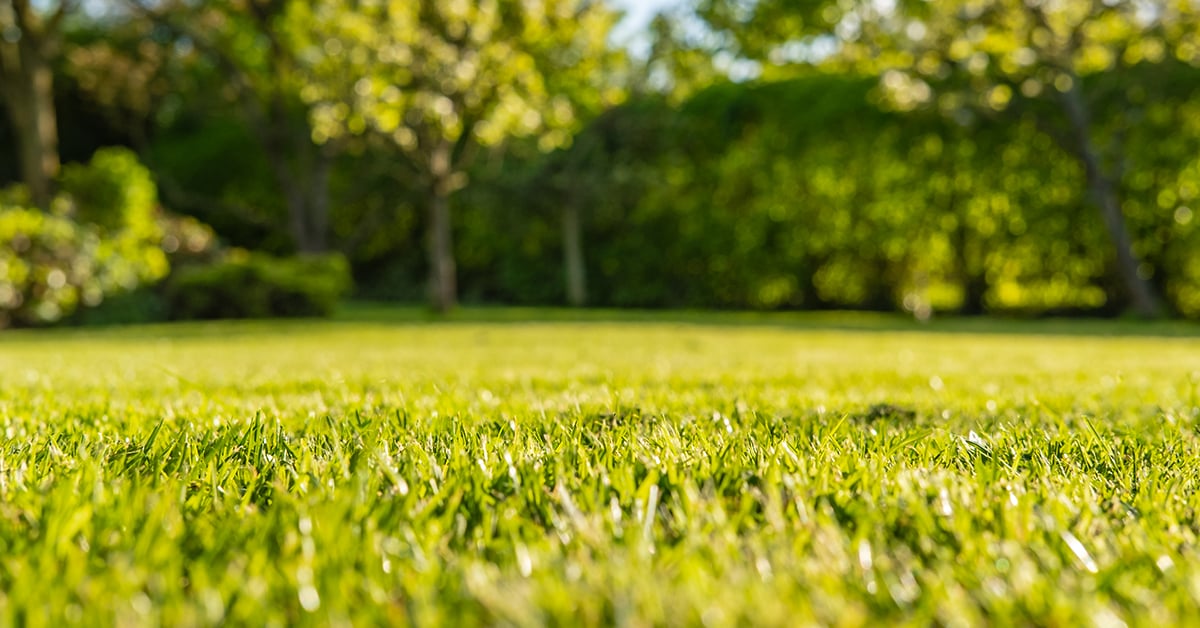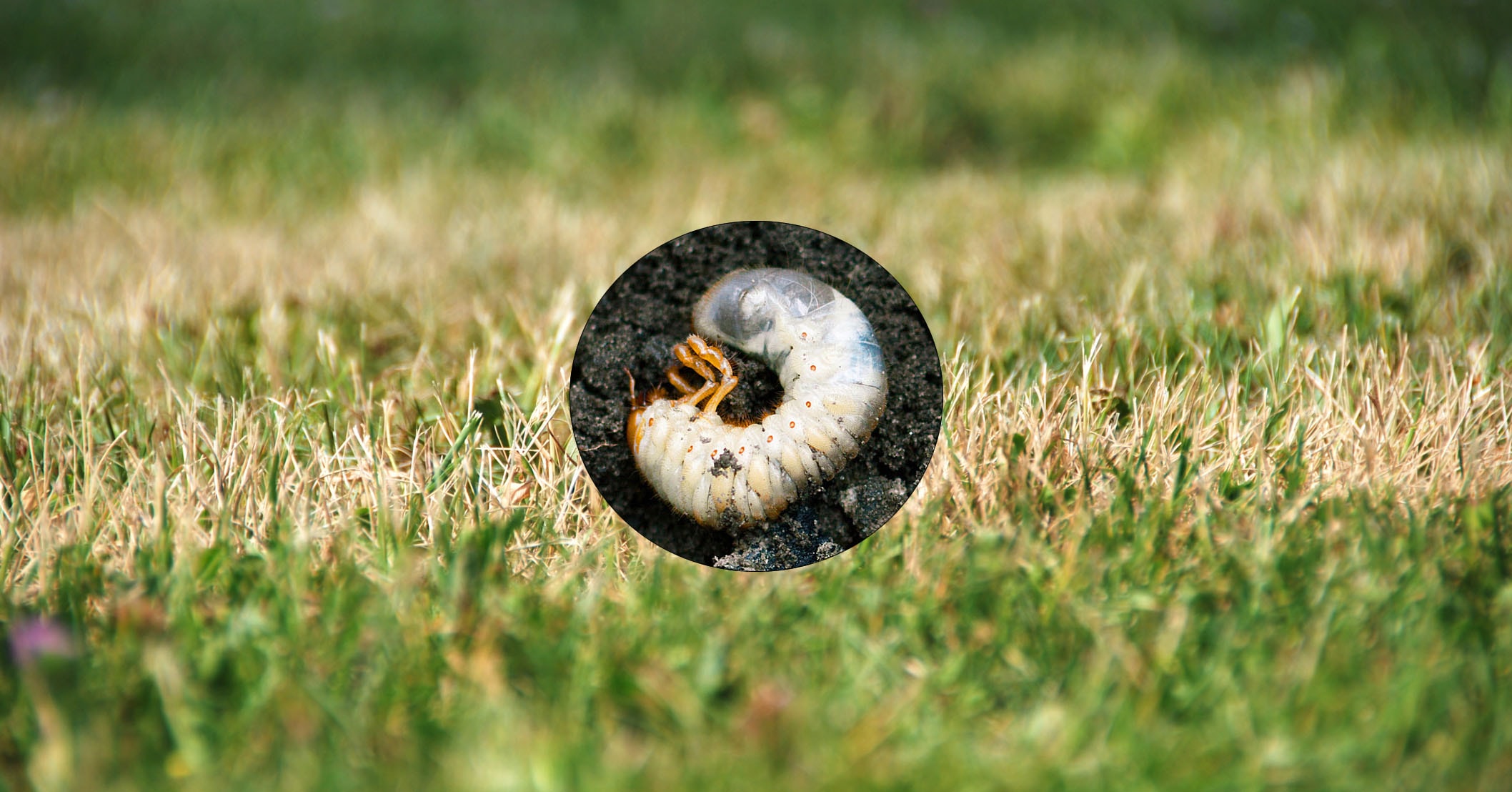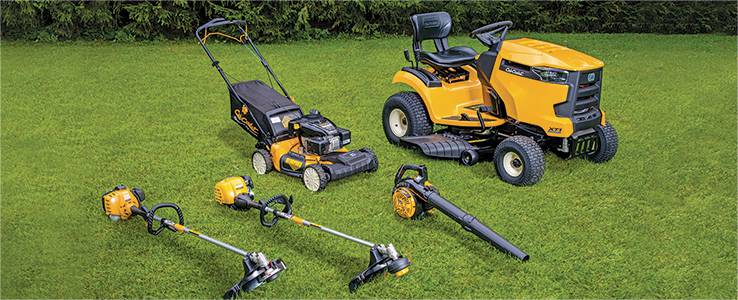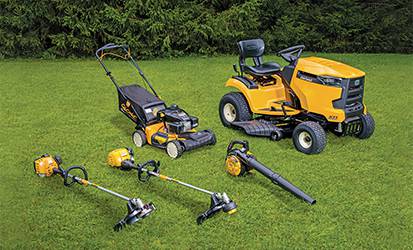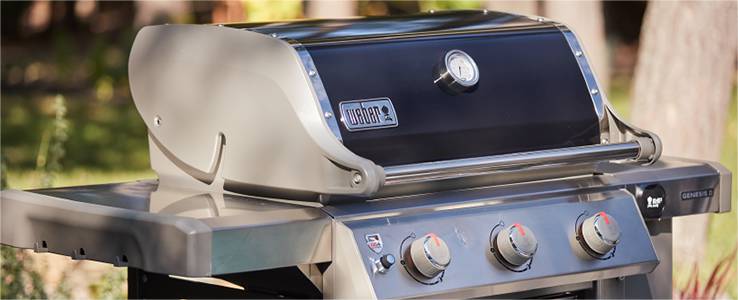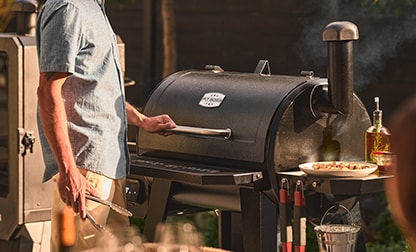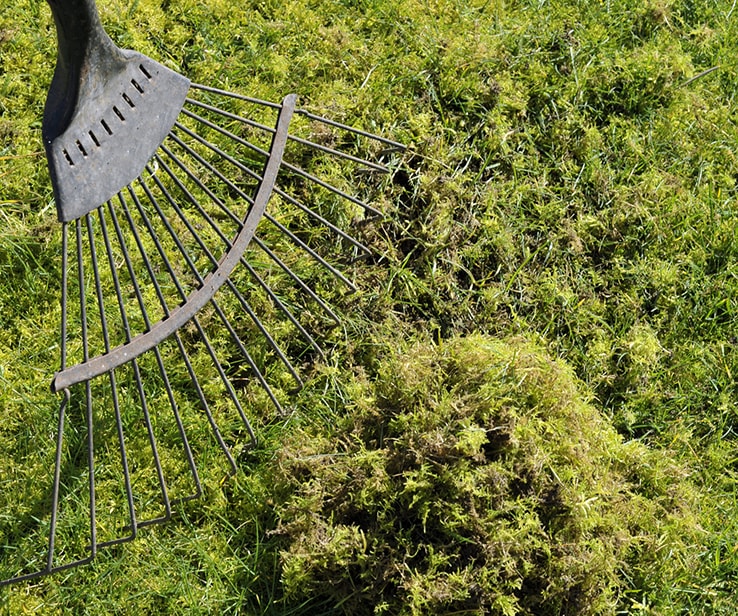
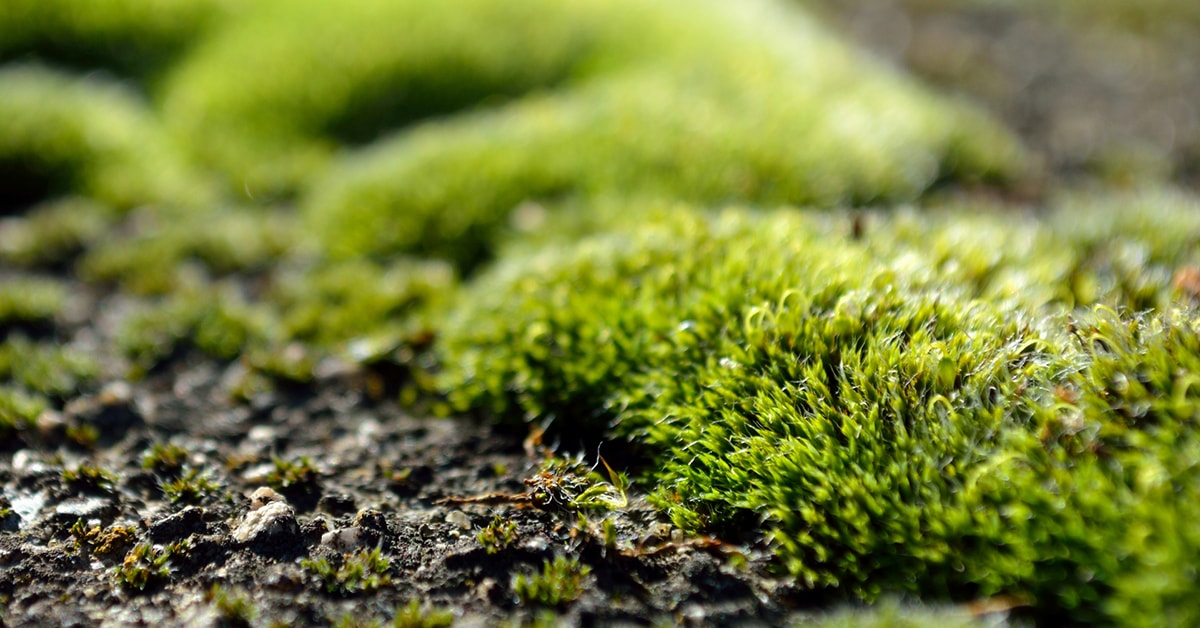
Published on February 15, 2023
How to Get Rid of Moss in Your Lawn
Has your yard turned into a carpet of moss? These lawn care tips will help you remove moss in your lawn, prevent its growth in the future, and encourage the growth of healthy and lush green grass instead.

1
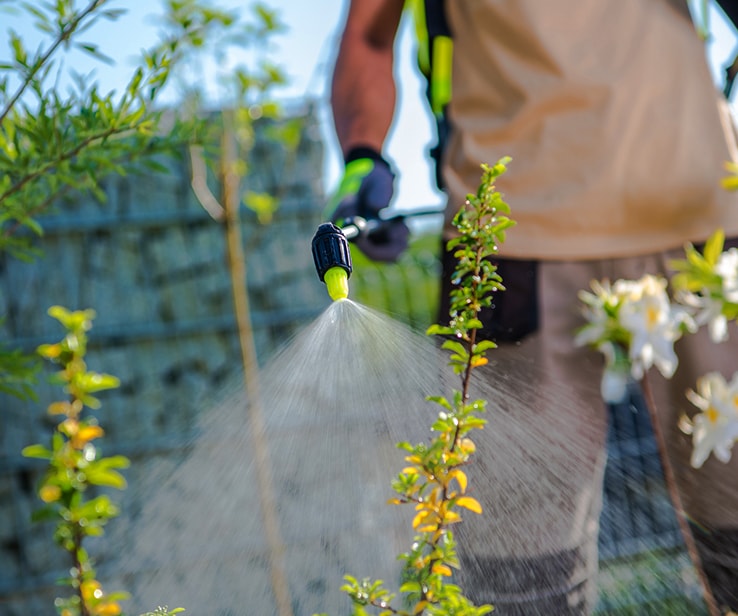
2Make Quick Work of Removal with an Herbicide
Keep in mind that herbicide treatments will only have the effect you desire if you also practice good lawn care and take the right steps to grow a healthy, moss-free lawn
Caution
3Give Baking Soda a Try Instead
- Mix 1 box of baking soda into 2 gallons of water at room temperature. Apply it evenly over the areas of your lawn that have moss growth, enough to soak 1/2-1” below the ground.
- Mix 1-2 tbsp of a gentle dish detergent with 1 gallon of water. Apply it thoroughly and evenly over your lawn with a watering can.
4Test Your Soil pH Level
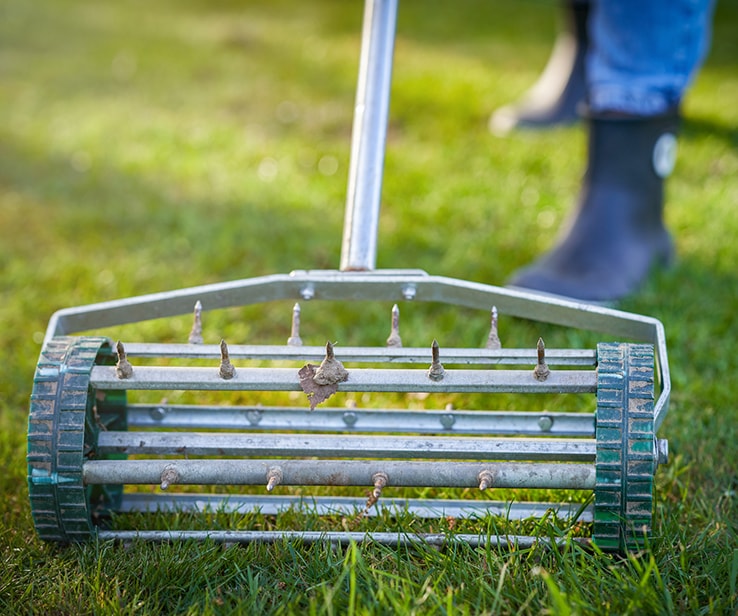
5Improve Your Soil Drainage
Where compaction is the cause of the draining issues, you can use a soil aerator or dethatcher to aerate your lawn and help loosen it up.
If the issue is caused by a high clay content, then you can mix organic matter like compost, manure, humus, or organic carbon into the soil.
Pro Tip
Aeration is best carried out in the early fall for cool-season grasses and in the mid-spring to early summer for warm-weather grasses.
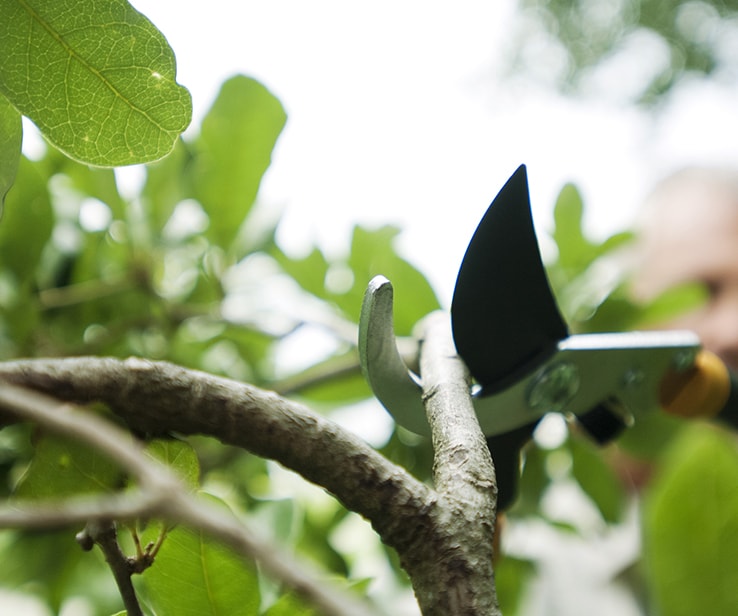
6Cut Down on Lawn Shade
7Limit Other Potential Stressors
Ever opportunistic, moss can also take root in areas where you have cut your grass too short. Adjust your lawn mower cutting height so that you never cut your grass shorter than 1”.

8Can’t Beat It? Grow a Moss Lawn Instead
To get full and green lawn moss coverage, you’ll want to help it along. We carry ground cover products that include moss, making it easier to get your whole lawn covered for a nice and uniform look.
Transplant Moss in a Few Easy Steps
- Identify the Location. First, choose a new area where you want to grow moss and find moss in another area of your lawn that is growing in similar conditions to the new spot.
- Prepare the Ground. Remove grass or other plants in the new area and rake away any remaining twigs and leaves.
- Check the Soil pH. Test the pH of the soil in the planting area. Since moss prefers acidic soil, you can lower the pH with sulphur, if needed.
- Prepare the Soil. Tamp down and lightly water the soil to create the perfect conditions for the new moss.
- Gather Moss. Go to the area identified previously and gather up some clumps of moss roughly the size of your open hand. Dig down deep enough to take out all of the roots as well as some of the soil below it to help keep the moss from drying out.
- Plant the Moss. Moisten the bottom of the clumps of moss and press them firmly into the new soil; this will help remove any pockets of air. You can space out the pieces, as they will fill in and touch as the moss grows. If needed, you can keep the moss in place with small sticks.
- Water Well. Moss requires generous watering until it becomes established, which may take several weeks. Thankfully, after it is established, you will only need to water during periods of extended hot and dry weather.
Disclaimer
These DIY projects are provided for informational purposes only. The information contained in RONA’s DIYs is intended to provide general guidelines to simplify jobs around the house. Because tools, products, materials, techniques, building codes, and local regulations are continually changing, RONA inc. assumes no responsibility for the accuracy of the information contained herein and disclaims any liability for the omissions, errors, or outcome of any project. RONA inc. makes no representation on the feasibility of any project and the viewer bears all risks coming with the realization of the projects. It is the responsibility of the viewer to ensure compliance with all applicable laws, rules, codes, and regulations for a project. The viewer must always take proper safety precautions and exercise caution when taking on any project. If there is any doubt in regard to any element of a project, please consult a licensed professional.









